AI glasses are changing the way we engage with the world—whether it’s assisting the visually impaired in walking down streets, facilitating virtual try-on, or making regular eyewear into smart assistants. The technology is mature in 2025, and AI glasses are no longer a thing of the future—they’re an everyday, practical tool changing fashion, accessibility, and human-computer interaction.
In this piece, Pensora explores extensively how AI glasses are shaking up industries, the main players such as Loomos, and how technologies such as AI glasses selectors and try-on tech are setting the tone for the future of wearable computing.
Key Takeaways
- Blind users are being provided with AI glasses that give real-time navigation, object recognition, and autonomy.
- Try-on AI glasses technology is revolutionizing e-commerce and retail.
- Loomos and Look AI Glasses are redefining design and capability.
- AI selectors are making the eyewear shopping experience personal.
- The smart glasses of the future are about combining accessibility, functionality, and design.
Redefining Vision: AI Glasses for the Blind
One of the most significant innovations in wearable AI is its use for the blind. White canes and guide dogs, conventional assistive devices, are now being complemented—or even supplanted—by AI-enabled glasses that offer instant information regarding the surroundings of the wearer.
Based on a combination of computer vision, machine learning, and sound output, AI glasses for the blind are capable of:
- Detecting obstacles and individuals
- Reading written text aloud from signs or papers
- Recognize faces and expressions.
- Provide GPS-based audio navigation instructions.
Names such as Envision, OrCam, and newer entrants like Loomos AI Glasses are leading this frontier. These glasses are lightweight, unobtrusive, and becoming progressively cheaper. What makes this innovation revolutionary is not merely the technology, but the fact that it reasserts autonomy and confidence in users.
Try-On Revolution: AI Glasses and Virtual Fitting Rooms
Glasses shopping online was once a game of guesswork. Now, AI try-on technology for glasses is ending that. Driven by augmented reality (AR) and deep learning algorithms, try-on technologies utilize your phone or webcam to superimpose frames on your face in real-time, enabling you to see yourself in the ideal pair.
AI glasses virtually try on equipment, scan facial measurements, skin color, and personal preferences to suggest best-fit frame styles. Top eyewear brands and tech platforms have incorporated the systems into their e-shops.
The movement does more than increase convenience—it revolutionizes the shopping experience. With virtual try-ons:
- Return rates are substantially reduced.
- Customers feel more confident in their purchase decisions.
- Retailers gain useful facial data for design refinement.
It’s not merely about trying on how glasses appear. It’s about knowing they’ll fit—both functionally and fashion-wise.
Get to know Loomos: The Smart Glasses on the Rise.
Loomos AI glasses quickly emerged as a leader in 2025’s smart eyewear competition. Stylish in design yet full of features, Loomos strikes a balance between form and function—sitting halfway between assistive technology and premium consumer wearables.
Why does Loomos stand out?
- Live language translation
- Built-in ChatGPT-like assistant
- Bone-conduction sound
- Live object and text recognition
- Gesture controls
Loomos isn’t an extension of your phone—it’s a productivity, navigation, learning, and accessibility tool.
We at Pensora have watched Loomos from its early prototypes. In 2025, they’re finally making good on the promise of smart eyewear without appearing like a gadget.
Look AI Glasses: A Fashion-Tech Fusion
Where Loomos emphasizes function, Look AI Glasses start with style—without sacrificing tech. Crafted for digital natives, Look AI frames offer discreet features like:
- AR head-up display overlays
- Emotion detection
- Fitness monitoring
- Screen-intensive users’ eye-strain notifications
Their AI core synchronizes with smart home technology, so they’re not just glasses—they’re personal command stations. Look, AI will delight influencers, designers, and anyone who combines fashion and function.
Notably, their frames are interchangeable, so you can go from business to business casual without sacrificing your AI assistant.
Personalized Shopping with AI Glasses Selectors
The eyewear industry is saturated with designs, brands, and price points. Welcome to the AI glasses selector—a new generation of digital products that streamline the shopping experience by applying AI to pair users with perfect frames.
What it does:
- Users share a selfie or give camera access.
- AI examines facial shape, coloring, and eye distance.
- It cross-checks data against a massive frame database.
- Personalized suggestions pop up in seconds.
Retailers such as Warby Parker and GlassesUSA already incorporate basic versions of these selectors. Now, however, with smarter neural networks and user input data, these tools are becoming complete personal stylists.
The AI selector doesn’t merely assist users in picking glasses—it assists them in finding out what their aesthetic identity is.
Augmented Reality: Bringing Everyday Eyewear to Life
As AR continues to mature, AI glasses are no longer merely tools—they’re platforms. From real-time translation of foreign signs to showing turn-by-turn directions in your peripheral vision, the possibilities of what AR can do within your glasses are increasing at a fast pace.
Examples include:
- Live directions projected over your view.
- Real-time weather and notification reminders
- Heads-up health readouts, such as heart rate and hydration reminders
- Contextual sign or menu translation while overseas
The likes of Apple, Meta, and Snap are all vying for that space, but the AI layer is what differentiates one product from the other.
What Pensora highlights is this: AR is the medium. AI is the intelligence. Together, they turn glasses into more than lenses—they turn them into live information canvases.
Challenges Ahead: Battery Life, Privacy, and Social Acceptance
Even with advancements, smart AI glasses are confronted with real-world problems.
- Battery Life: High-performance AI capabilities suck the battery dry fast. Existing models barely manage to last for over 6–8 hours with complete functionality.
- Privacy: Active cameras create issues related to surveillance and permission. Laws are still playing catch-up.
- Social Stigma: Consumers still experience embarrassment from wearing visible technology in public spaces. Mass adoption won’t happen until smart glasses look like ordinary glasses.
Some companies have met this challenge by placing components in thicker temples or implementing transparent screens that turn on only when necessary. Design is still a significant challenge, though.
Smart Glasses for Work and Study
AI glasses are being used more and more in the workplace and educational institutions. From doctors getting live patient stats to students obtaining lecture transcripts in real-time, smart eyewear is expanding the human memory and awareness system.
Real-world applications are:
- Surgeons viewing vitals without looking away from a patient.
- Engineers getting live diagnostics via HUDs
- Language students using live subtitle creation
- Remote teams working together through shared AR spaces
The boundary between assistive and augmentative technology is weakening. What started as access is now improving performance in high-skill contexts.
The Democratization of Vision
AI glasses for the blind are still the most socially significant use of this technology. They act as equalizers—converting disadvantage into advantage.
In contrast to previous devices that were either unaffordable or simplistic, current AI-based eyewear provides:
- Affordable devices with upgradable modules
- Open-source software communities for ongoing enhancement
- Lightweight designs for extended wear
- Offline functionality for use offline
For most consumers, this will mean more autonomy, confidence, and exposure to experiences they couldn’t have had before.
Pensora feels this market segment isn’t a niche at all—it’s the center of why AI glasses are important.
The Future of AI Eyewear: What’s Next?
In the next 3–5 years, AI glasses will be as ubiquitous as smartwatches. Fashion, functionality, and intelligence will blur as form factors get less obtrusive and capabilities become more sophisticated.
Big future trends:
- Eye-tracking-based interfaces for hands-free interaction
- Emotion-responsive UI that learns from facial expressions
- Fully immersive AR experiences with spatial audio
- Edge AI for quicker offline performance without continuous cloud connectivity
As 5G and edge computing mature, lag and latency won’t even be a consideration. Glasses will coordinate perfectly with all the other smart devices in your life—your phone, your car, even your lighting or heating system.
But more than that, they’ll transform the way we view and interpret the world.
Conclusion
From empowering the blind to revolutionizing e-commerce, AI glasses are redefining the standard for human-machine interaction. Technologies such as AI glasses try-on, Loomos AI Glasses, and smart selectors not only revolutionize industries but also restate our conventional definitions of vision, style, and access.
Though there are still challenges, the potential for personalized, intelligent, and wearable AI is too compelling to overlook. As the technology improves and becomes more socially embedded, the glasses sitting on your face may be the most powerful computer you have.
At Pensora, we continue to monitor how AI is blending with everyday life—one lens at a time.
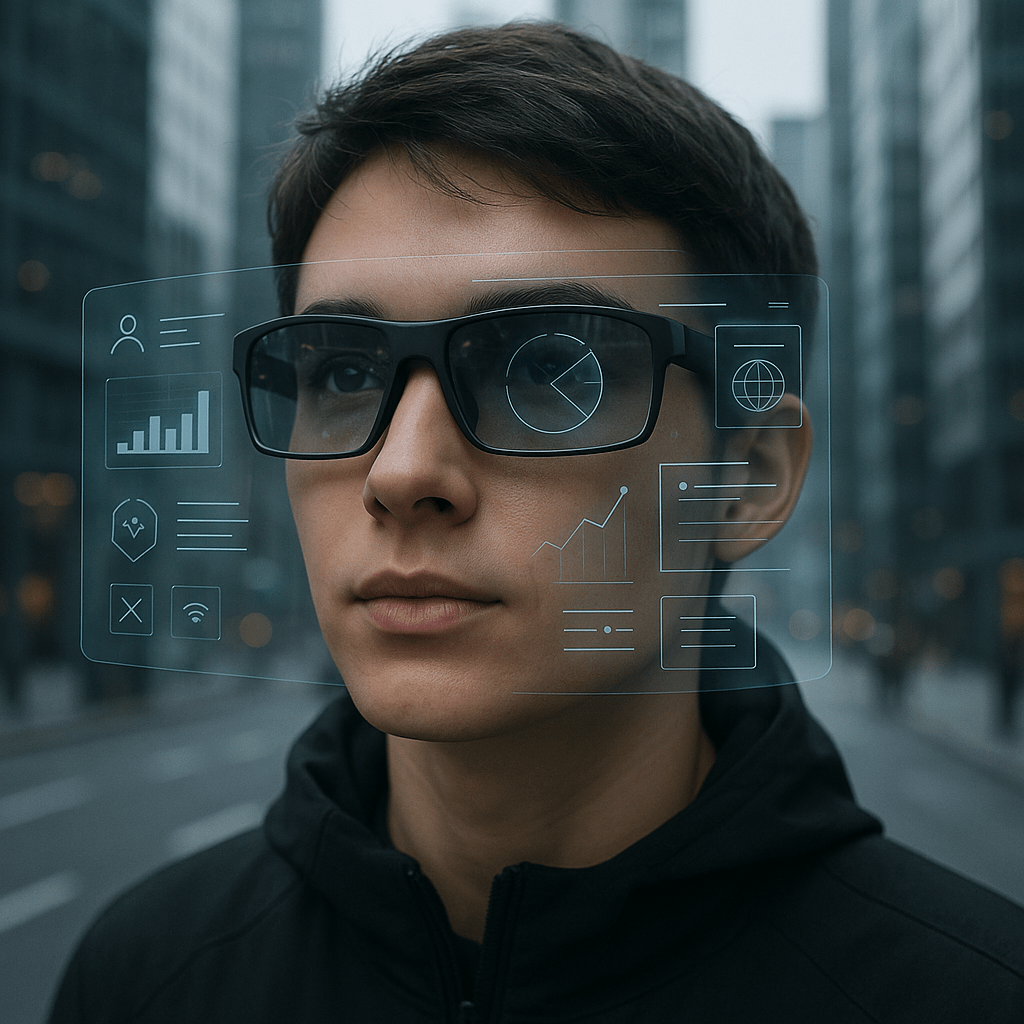

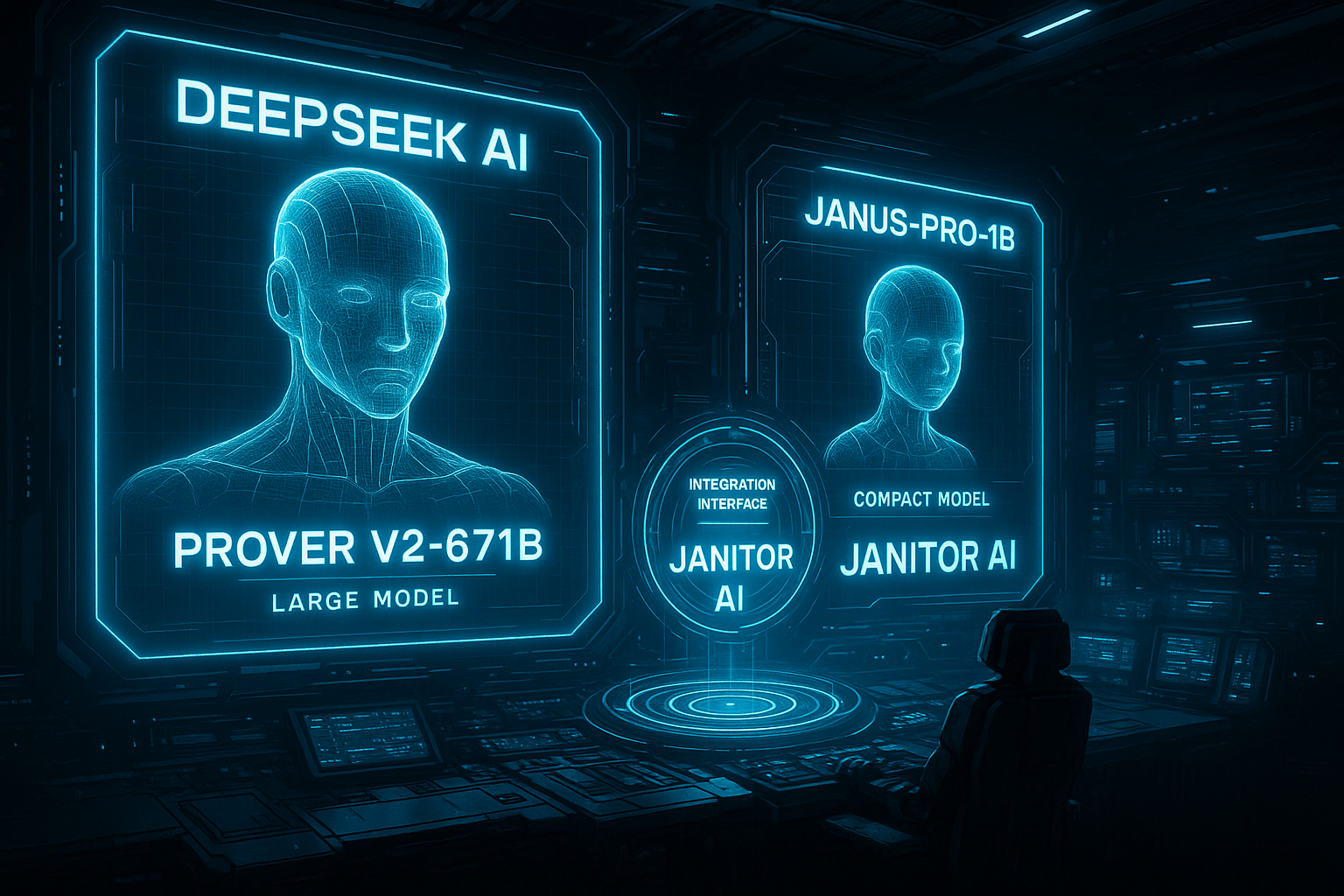

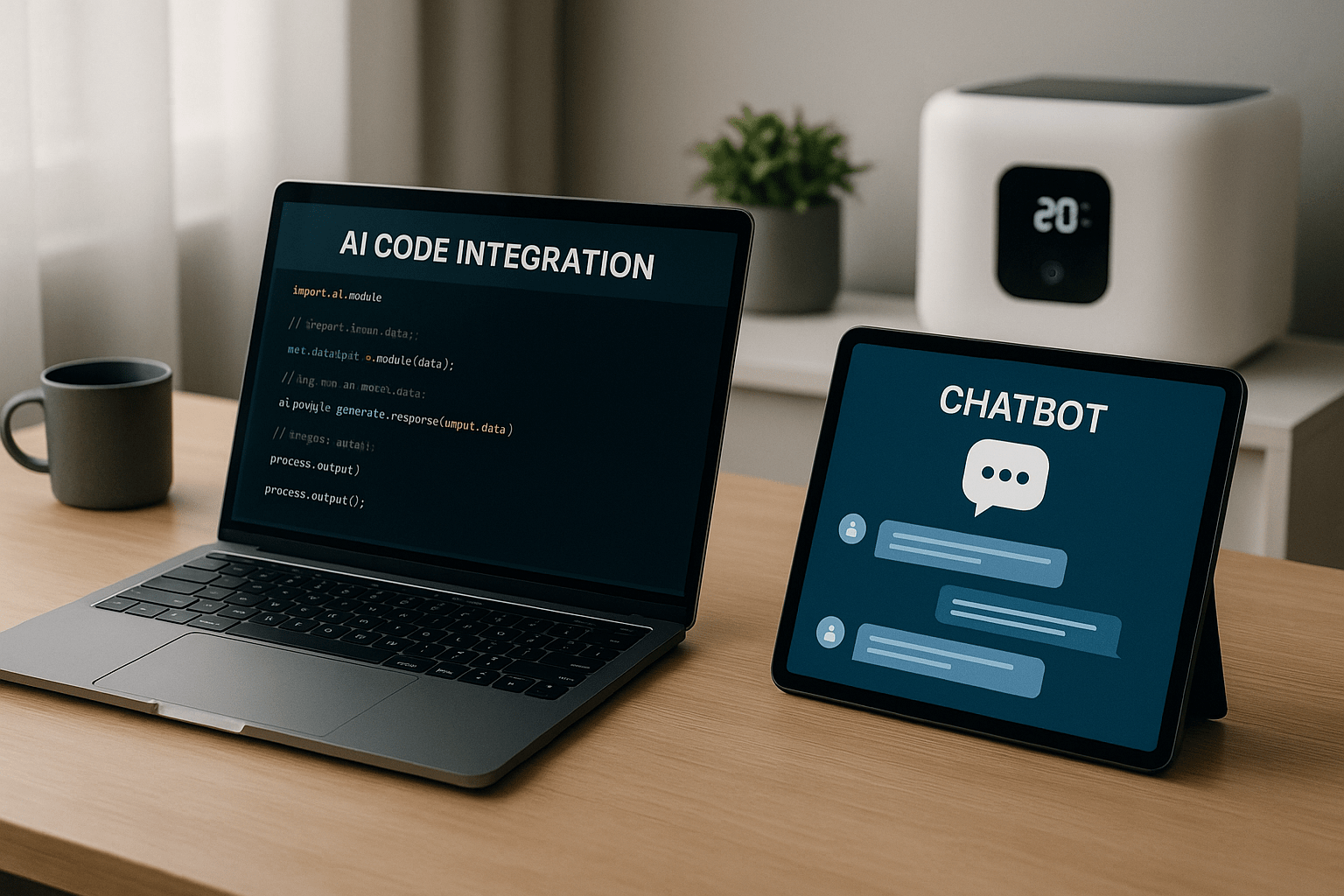
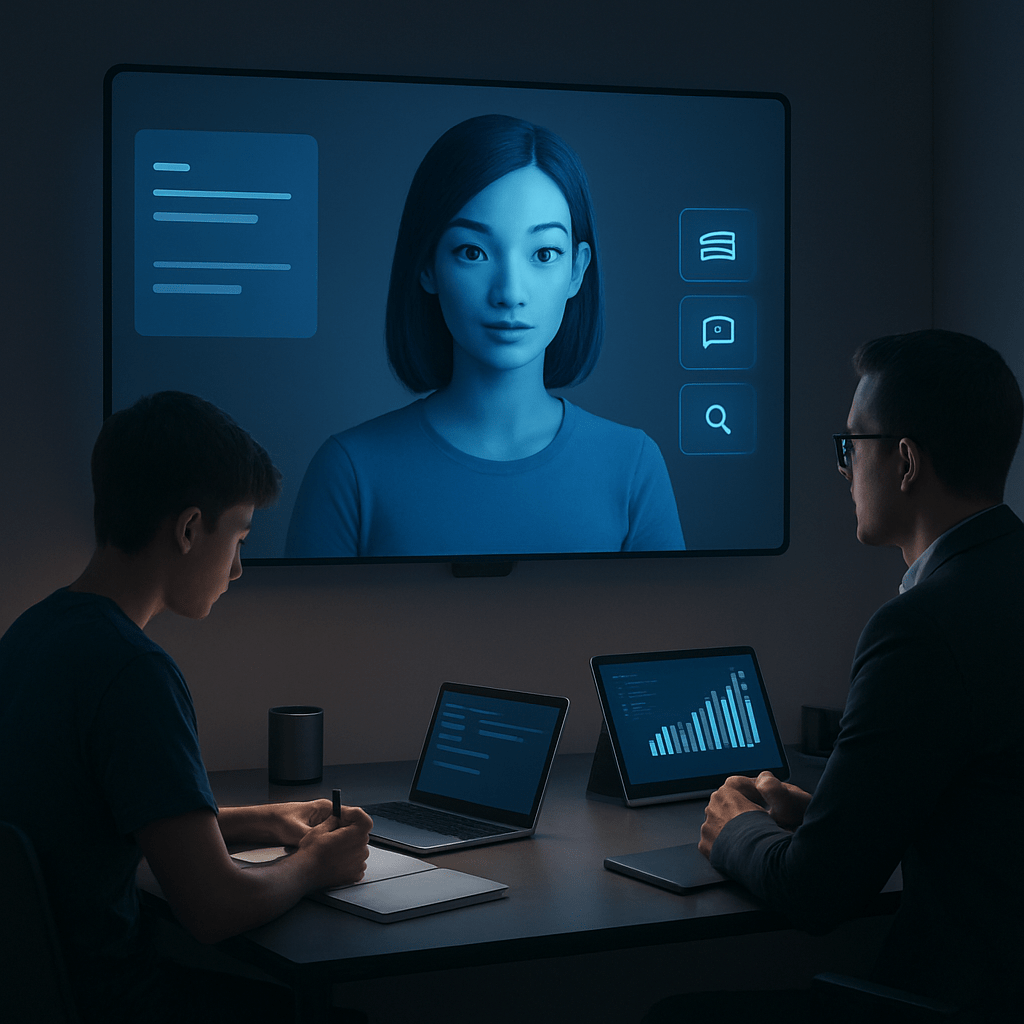


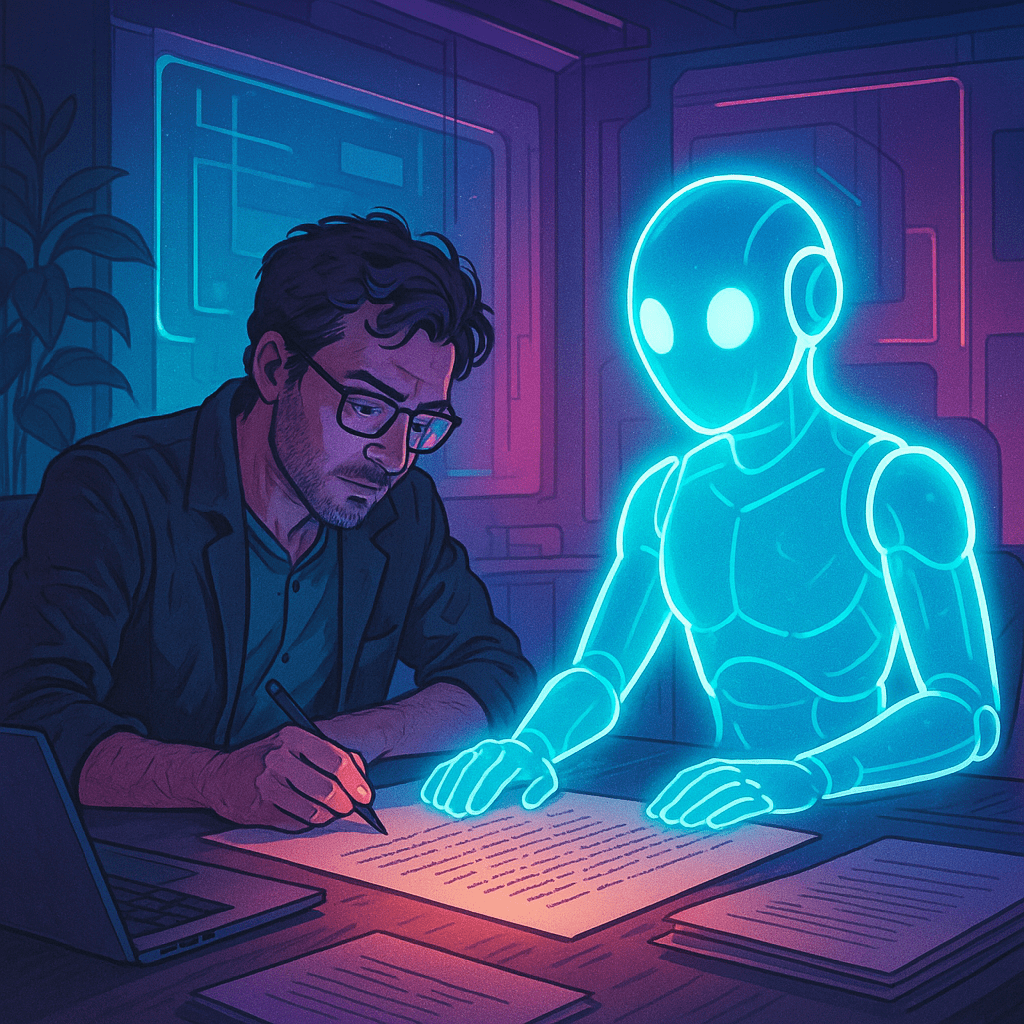

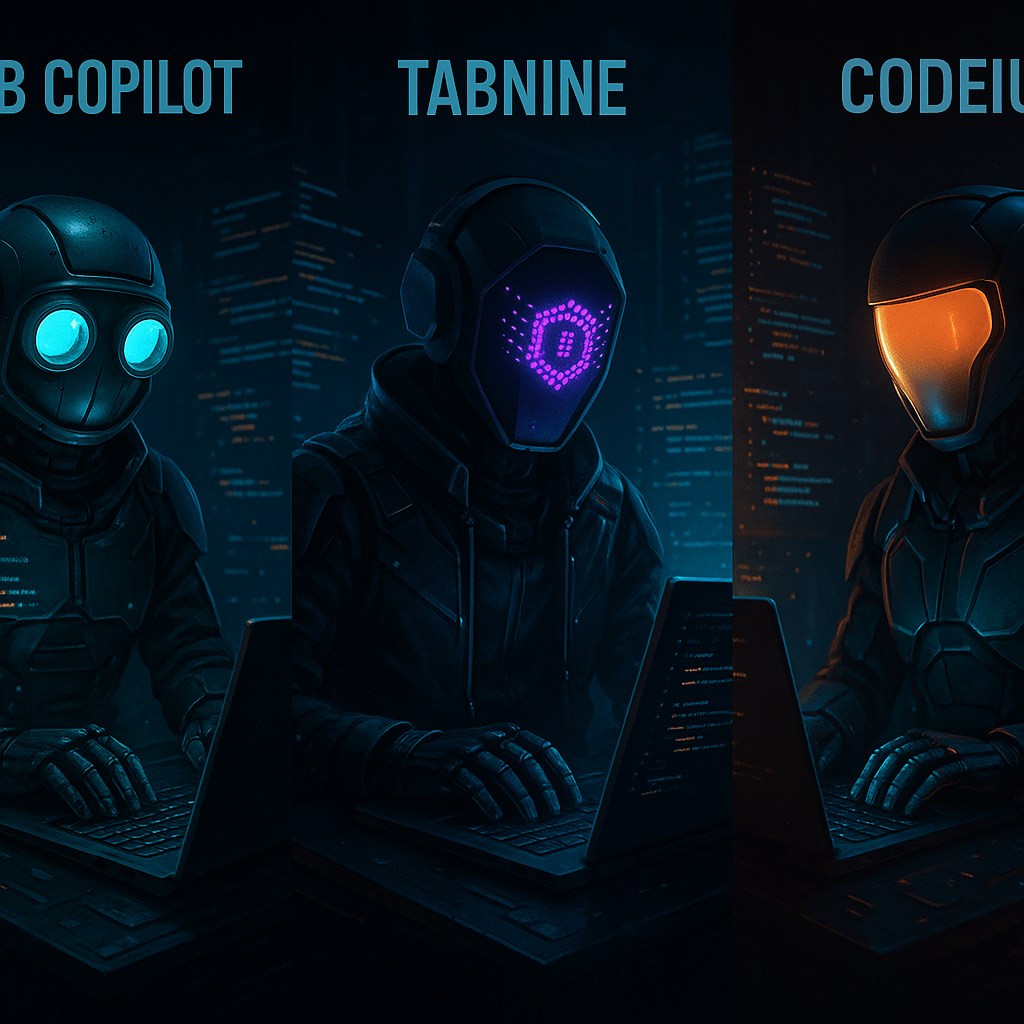
Leave a Reply